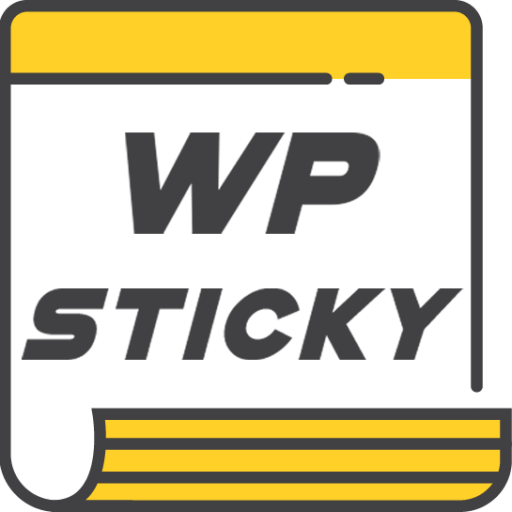Have you ever wished all your business tools could just talk to each other? Imagine your email, website, sales tracker, and customer support all chatting like best friends. That’s exactly what CRM integration does! It connects your Customer Relationship Management (CRM) system with other apps and platforms. It’s like giving your CRM a superpower.
What Is CRM Integration?
A CRM by itself is awesome. It stores contact info, manages leads, and tracks your customer journey. But it becomes even more powerful when it can sync with the tools you already use—like email, marketing software, e-commerce platforms, and social media.
CRM integration means linking these tools together. So they work as one big, happy system. No more jumping between apps to find info!

How Does It Work?
Think of your CRM like a brain. Integration acts like nerves, sending information back and forth between different body parts (apps). This can be done:
- Automatically – through built-in integrations or APIs.
- Manually – using tools like Zapier or custom code.
For example, when a customer fills out a form on your website, the info goes straight into your CRM. No typing it in yourself!
Popular CRM Integrations
Some favorite CRM integrations include:
- Email platforms like Gmail or Outlook
- Marketing tools like Mailchimp or HubSpot
- E-commerce stores like Shopify or WooCommerce
- Customer service tools like Zendesk or Intercom
- Social media like Facebook or LinkedIn
All these connections help you serve your customers better and faster.
Benefits of CRM Integration
So, why should you integrate your CRM? Here are some big wins:
- Save Time – No more copying and pasting.
- Boost Accuracy – Fewer manual mistakes.
- Better Communication – Everyone sees the same data.
- Smarter Decisions – Get a full view of your customer journey.
- Automate Tasks – Let the tech do the heavy lifting.
It’s like having a digital assistant who never takes a coffee break.

Planning a CRM Integration Strategy
Time to plan your move! Here’s how to create a smart integration strategy:
- Know Your Tools – Make a list of apps your team uses daily.
- Set Clear Goals – Do you want to improve sales, support, or marketing?
- Check Compatibility – Make sure your CRM can connect with those tools.
- Choose the Right Method – Is it better to use native integrations or custom ones?
- Test and Train – Always do a trial run and teach your team how it works.
Start small. Integrate your CRM with just one key tool—like your email. Once that works smoothly, build from there.
Common Pitfalls to Avoid
Watch out for these bumps on the road:
- Too Many Tools – Don’t create chaos. Only integrate what you need.
- Poor Data Quality – Garbage in, garbage out! Clean data is a must.
- Neglecting User Training – If your team doesn’t know how to use it, it won’t help.
Remember, the goal is simplicity and speed—not just showing off tech.
Final Thoughts
CRM integration isn’t just a tech upgrade. It’s a game-changer. It helps your business run smoother, work faster, and serve better. Plus, it makes your team’s life easier and your customers happier. Double win!
So don’t let your CRM sit alone. Connect it, empower it, and watch your business grow.

